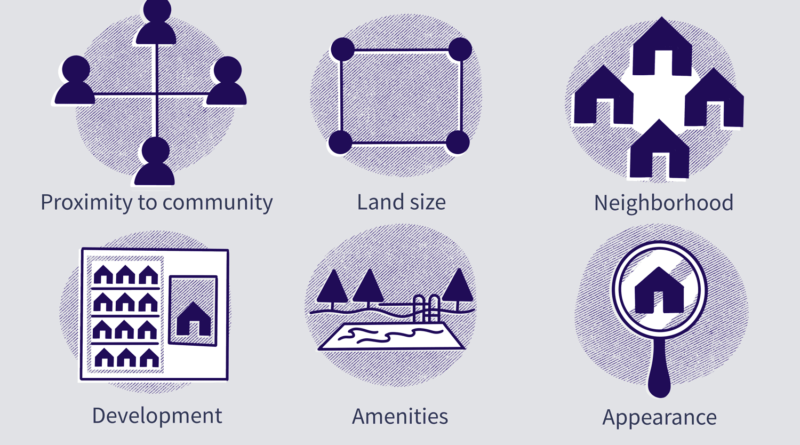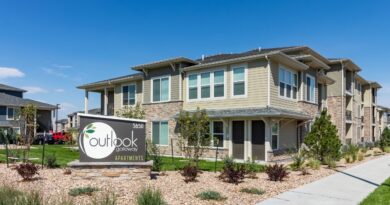5 Important Considerations for Selecting a Residential Development
Choosing the correct residential development can be an overwhelming process. We want to help make this process easier by highlighting five key factors to consider when selecting a residential development.
Location is one of the most crucial aspects to consider when purchasing a home. It impacts everything from your commute times to your access to amenities.
Location
Table of Contents
The location of home construction is essential to determine its worth, and Your Home Wichita emphasizes this. To make it simple for inhabitants to access their houses and commute securely, it should be close to a significant transit route and have many entry points.
Amenities are also crucial to the overall quality of a neighborhood. Many prefer to live near schools, hospitals, shopping centers, and other amenities.
If a property has amenities that attract residents, living there may be worth the extra rent or fees. For example, renters needing space to store and distribute personal items may appreciate a secure package room. A doorman or elevator access might also appeal to some tenants. Similarly, a patio or balcony might be a plus for those who want to keep a garden or have children who want to play outside.
Amenities
Amenities are desirable features that enhance a property’s appeal to owners and tenants. They can be included in the rent or offered for a fee.
Some amenities are available inside apartments, while others are in the community for everyone to use. They can include parks, libraries, schools, and shopping centers.
The correct apartment amenities can make residents feel at home and reduce stress while adding value to your development. To find out more about the advantages of including appealing facilities in your new house, get in touch with us right away.
For example, a movie theater or screening room can be a great amenity to draw in residents and boost their overall satisfaction with your property. It’s also a low-cost investment that will pay off in the long run.
Size
The size of residential development is one of the most critical factors. It should be sufficiently big to fit the anticipated number of residents while manageable to maintain. It should also have features and amenities that make it easy for residents to live comfortably.
It must be sufficiently roomy to hold the anticipated number of visitors while requiring little upkeep. They can include a rooftop deck, community center, fitness room, parking garage, and outdoor spaces. The most impressive feature, however, is a building in good repair and free of dangerous or toxic materials.
Style
When planning your residential development, thinking about the style that will best fit your target market is crucial. It will help determine whether a particular type of building will be profitable.
The style of residential development may also be affected by its location and other factors, including its proximity to schools, shopping centers, public parks, playgrounds, running trails, or recreational centers. Establishing a geographic focus for your project is also a good idea.
While there are several perks that renters seek, the most desirable apartment amenities are ones that are safe, convenient, and environmentally friendly. Providing them is an excellent way to differentiate your property during lease-up and maintain resident retention rates. These include outdoor spaces, smart locks, smart thermostats, pet amenities, parking and transportation, and co-working rooms.
Budget
Whether you’re building your first home or adding a new addition to your current one, budget considerations are always important. You’ll want to make sure your money is well spent and that you have enough to pay for everything, including the cost of the property, building supplies, labor, permits, and other charges.
As a result, developers are focusing on creating more successful residential developments that appeal to a wide range of people and meet their needs at every stage of life. They bring fresh, innovative design concepts to their site plans and layouts. In turn, they’re attracting more home buyers and communities that value quality living, community engagement, and a sense of place.


